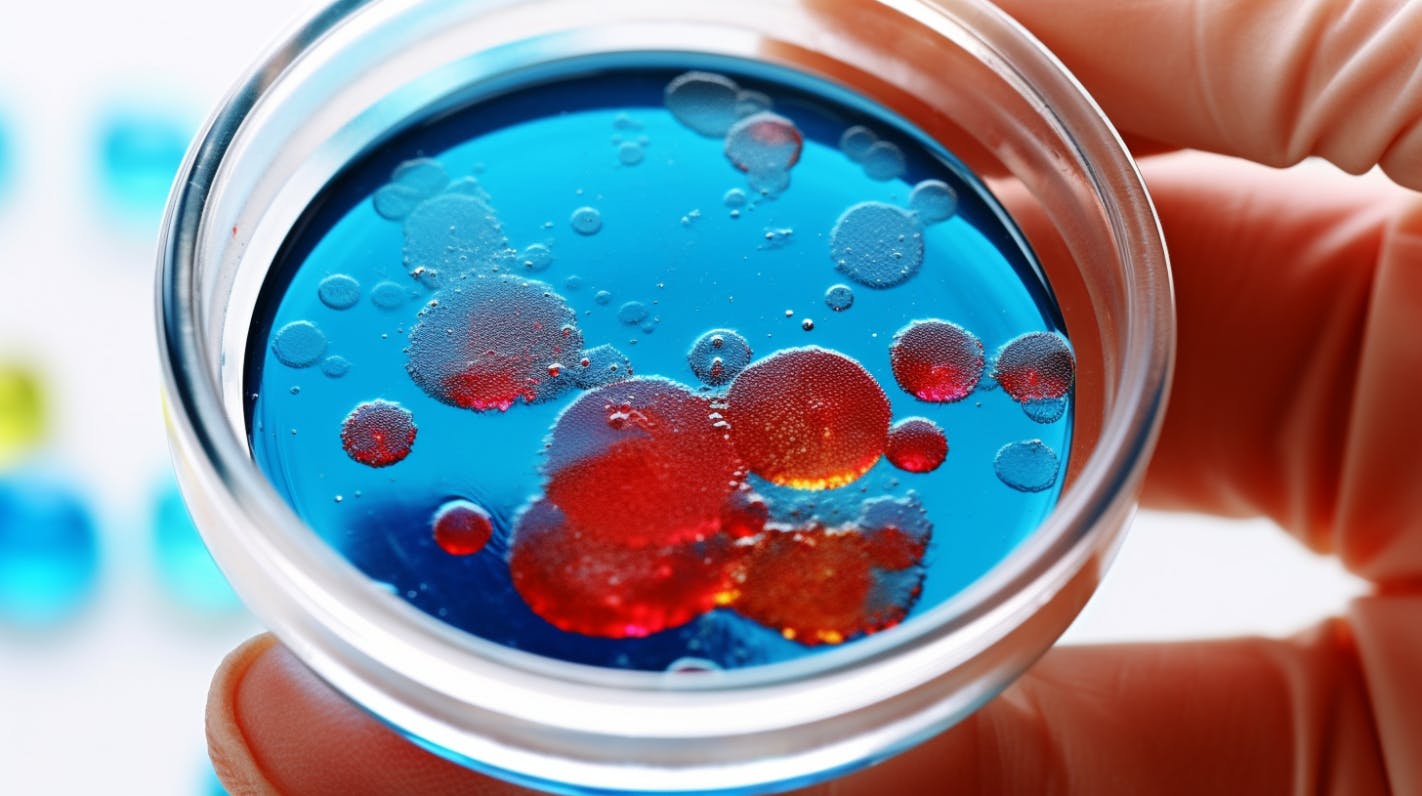Goodbye to the colonoscopy? This engineered bacterium is the newest approach to colon cancer detection.
Have you had a colonoscopy yet?
If you have, we’d bet it wasn’t your favorite medical visit. Imagine if, instead, your provider had offered you the option to simply eat a special probiotic yogurt.
If that sounds like a delightful alternative, we have great news for you. A research team from UCSD and the University of Adelaide published a paper in Science demonstrating a proof-of-concept engineered bacterium that could one day replace the dreaded colonoscopy.
Let’s dive into how this feat of microengineering works. And what it signals to us about the future of cancer screening.

How the cancer-seeking engineered bacterium works
Much like with a colonoscopy, the approach here is find and destroy.
In the proof-of-concept study, the bacterium was used to detect cancer DNA in the digestive tracts of mice. It reacts by turning on certain cellular circuitry, which the researchers are interested in using to eventually treat the cancer itself.
The bacterium in question is Acinetobacter baylyi, which is known by researchers for its ability to take up foreign DNA and incorporate it into its own genome.
The researchers put this function to the test by engineering the bacterium to take up mutant KRAS sequences, which are one of the most common cancer mutations. Next, the bacterium was engineered to use CRISPR Cas to repair a defunct gene also added into its own genome. That previously-defunct gene turning on would be the lightbulb that signaled the bacterium had detected the cancer DNA.
Using a bacterium instead of a different tumor DNA test mechanism—such as blood or fecal tests—can allow for the eventual two-in-one test-treatment approach researchers are hoping to develop.
“You can take advantage of some things that cells are good at, like making more of themselves,” said Mikhail Shapiro, a chemical and medical engineer at the California Institute of Technology whose lab is working on similar studies. “So, theoretically, you can pick up on a relatively small quantity of a particular DNA and then the cell proliferates and can produce a bunch of molecules like fluorescent or acoustic proteins.”
Our perspective: Innovating away unpleasant screening experiences
Like we mentioned, while uncomfortable, the colonoscopy has a dual function: It’s used to find and cut out precancerous polyps in the colon.
Currently, this is one of our best tools against colon cancer, which is on the rise—especially in younger people. However, it’s invasive, uncomfortable, and expensive, leading many insurers to not cover the procedure for younger patients.
We’re sorry to report that we’re not saying goodbye to the colonoscopy yet. But this kind of innovation is a great example of medical innovation’s dedication to solutions that increase both accessibility and patient comfort. Because while making sure patients can get screened for diseases like cancer is a crucial aspect of preventive health, we can’t deny that discomfort is a huge reason people skip these appointments.
If you read our last newsletter, where we featured the story of the wearable ultrasound bra for breast cancer screening, you already know we’re fans of this trend. Cancer screening is a key aspect of preventive health—and we applaud the innovation targeted here. But patient experience—minimizing pain, increasing comfort and simplicity—is an undervalued aspect of healthcare we’re ecstatic to see more investment in.
We cheer on this research team—and we can’t wait to see what preventive health innovations others like them will come up with next. Might we suggest bringing more comfort and ease to pap smears and skin cancer checks?